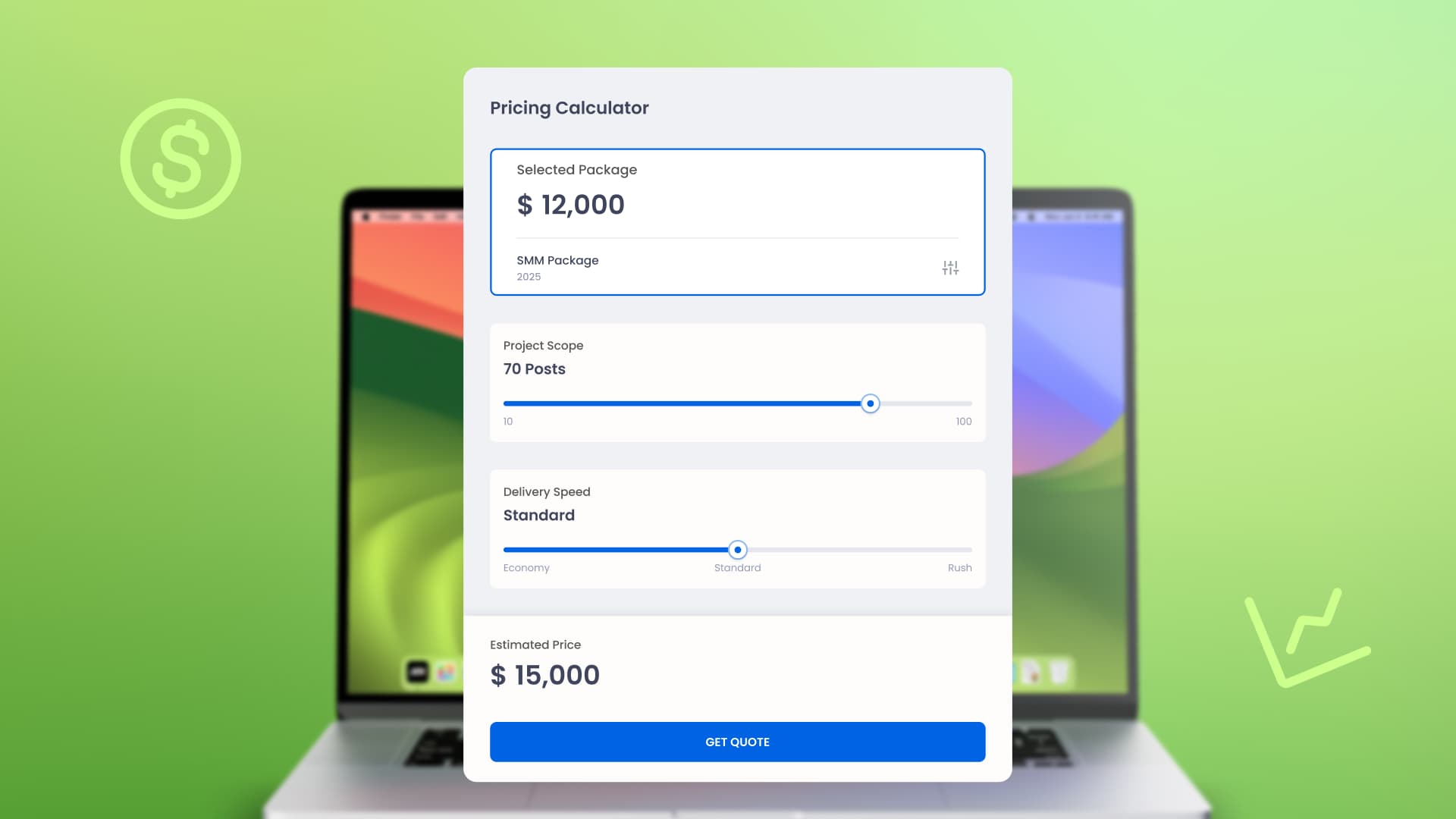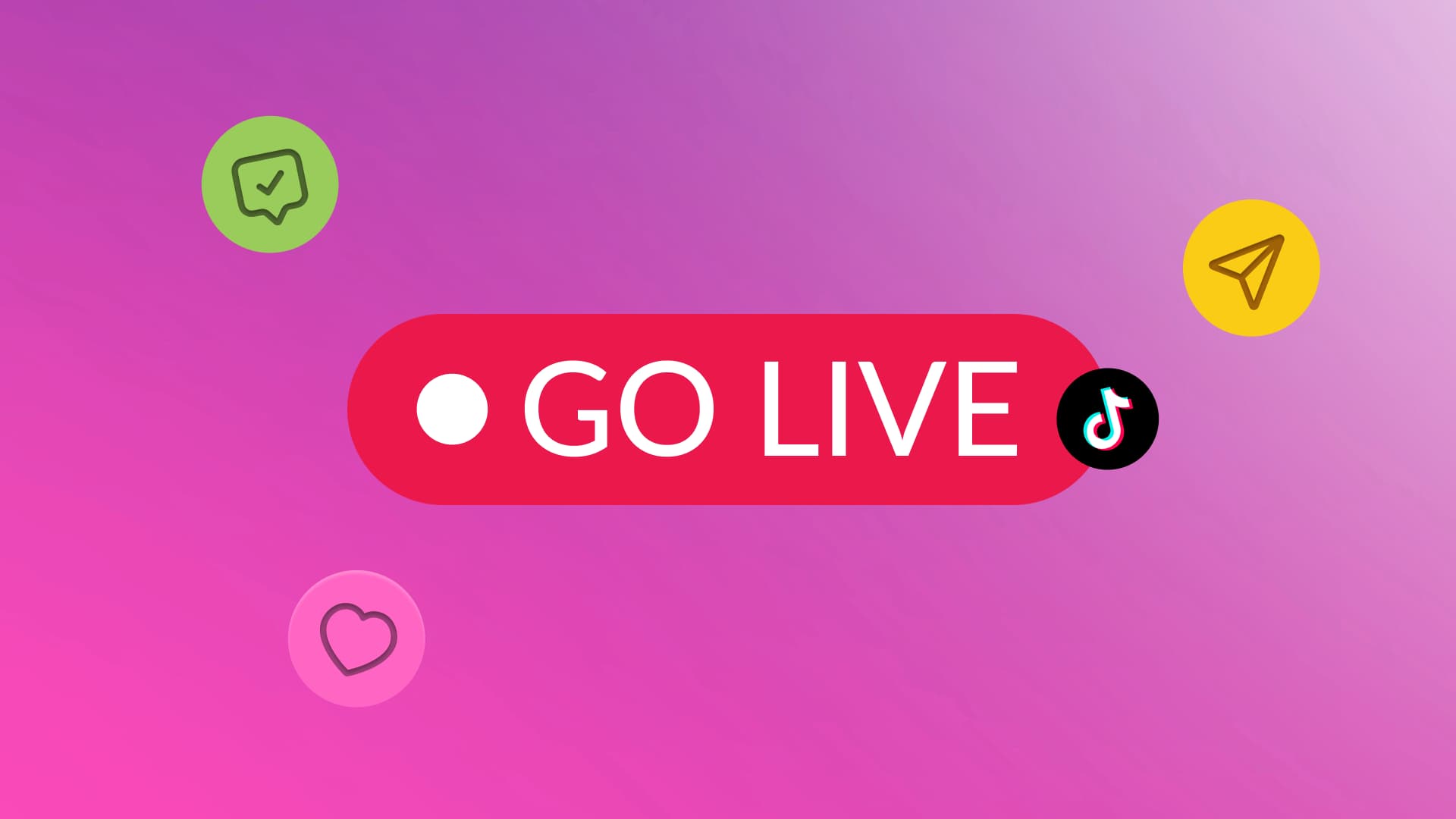New
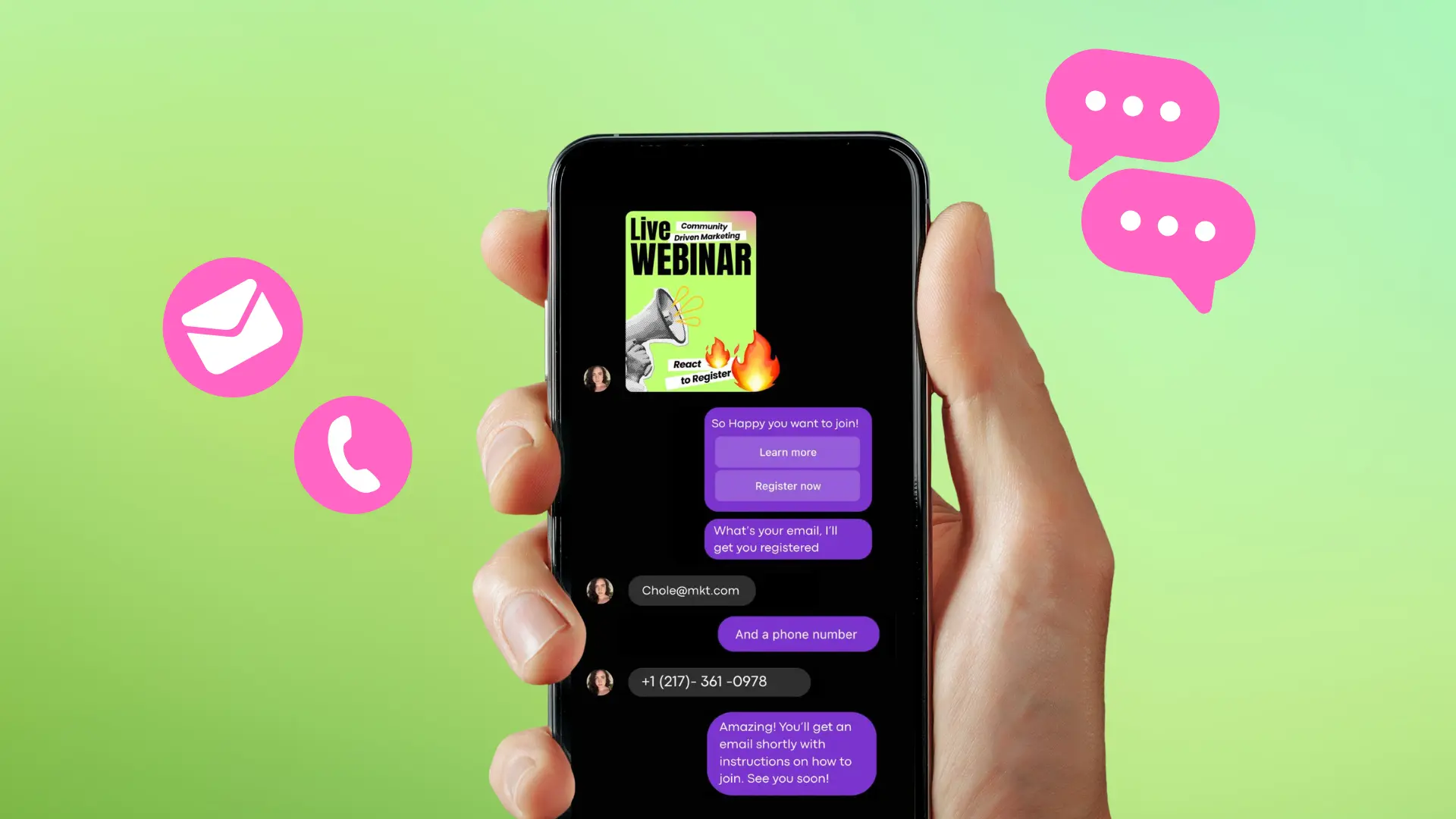
Turn Your DMs Into Lead Gen!
Learn how to collect lead data from your DMs such as email addresses, phone numbers, and more right from your social inbox. If you are not yet automating your DMs your competitors are outpacing you.
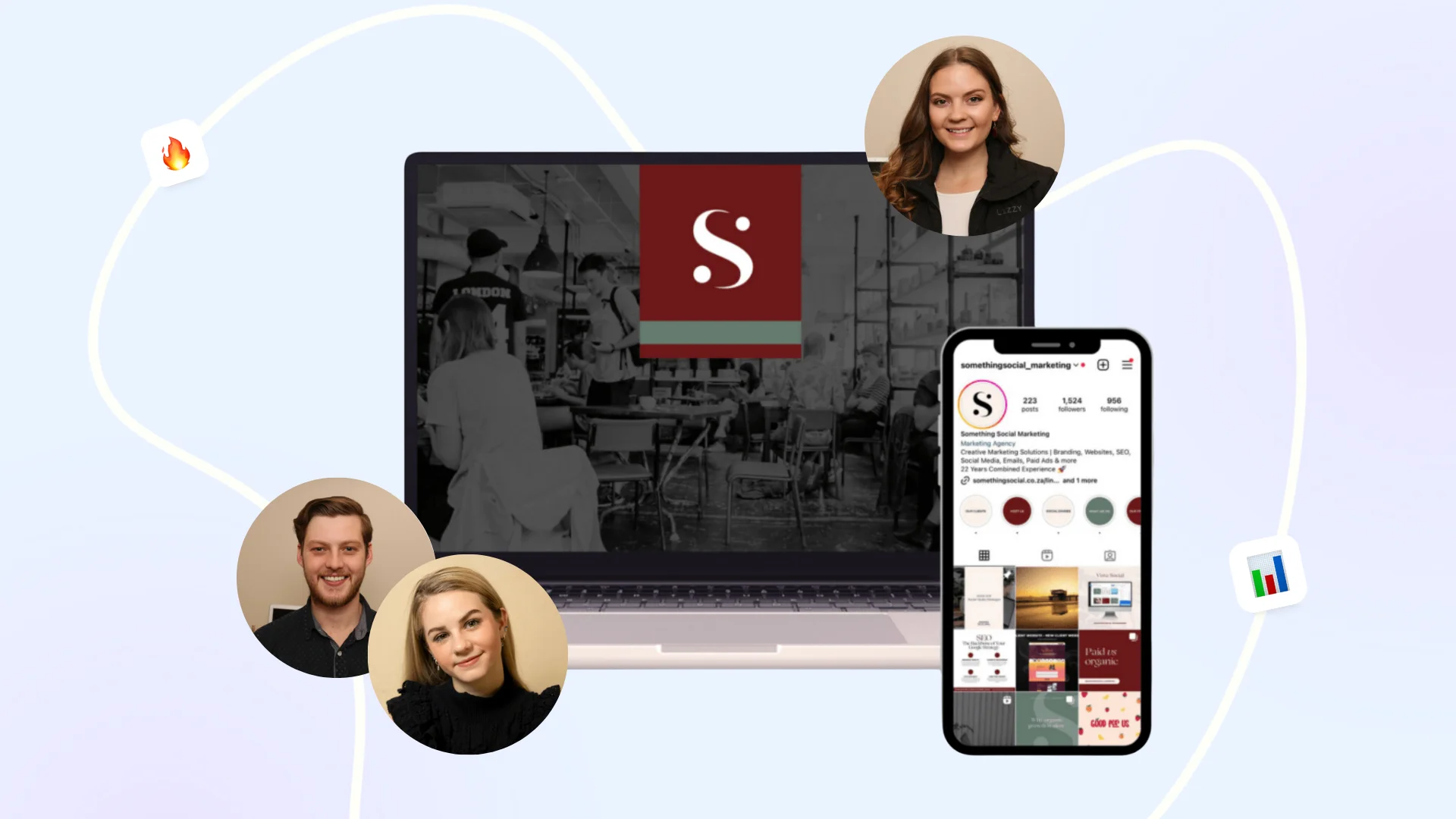
How Something Social Saved 75% of Their Time and Increased Revenue by 15%
See how a fast-growing agency improved operations, cut down hours of manual work, and unlocked new revenue opportunities with Vista Social.
New
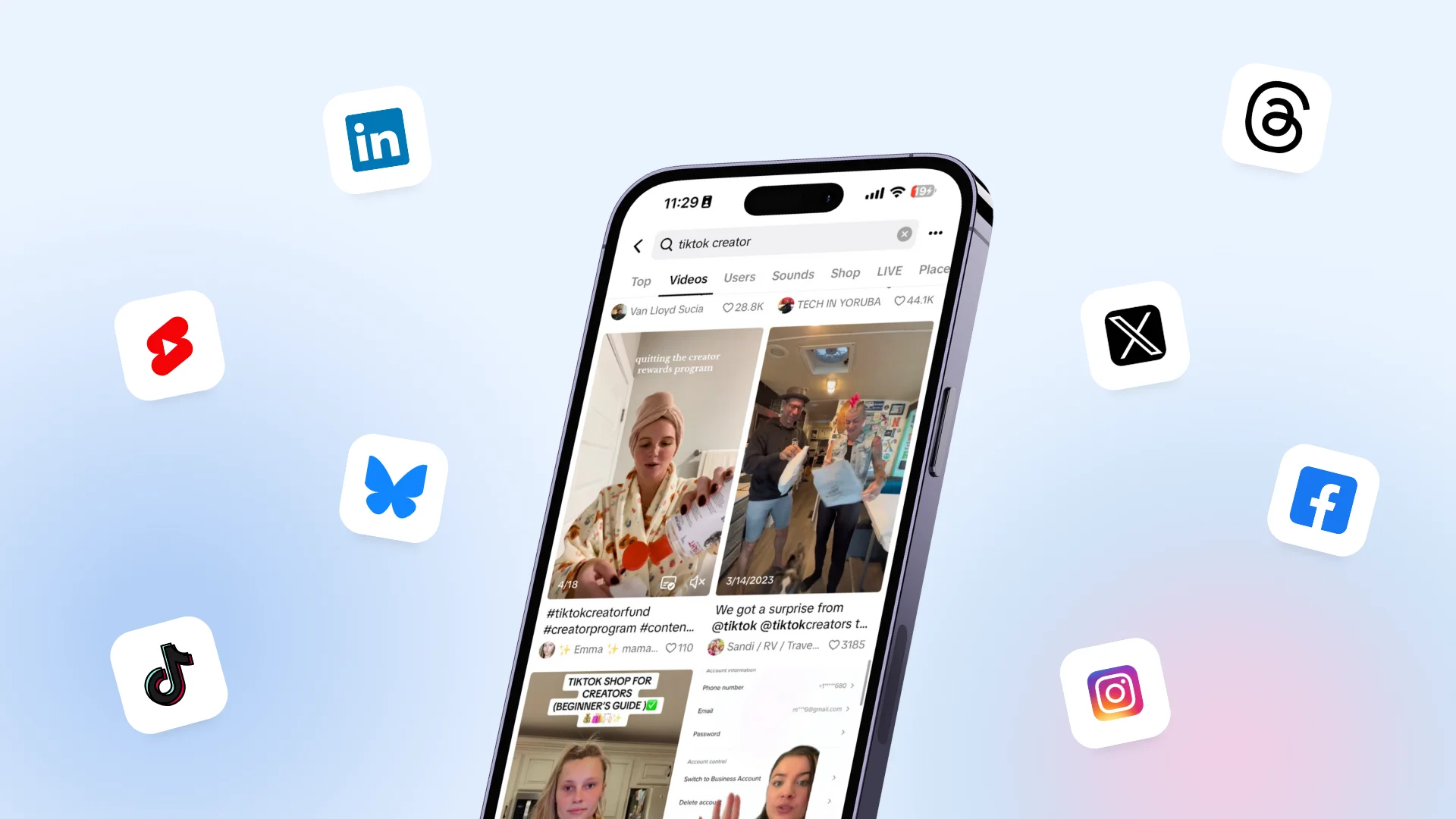
50 Unique Social Media Ideas for Consistent Content Creation
Discover 50 unique social media post ideas to engage your audience, grow your brand, and maintain a consistent content strategy with ease!

Mastering Content Reuse: The Key to a Consistent and Sustainable Posting Strategy
Published on May 24, 2025
16 min to read
Social Listening Analytics: A Complete Guide
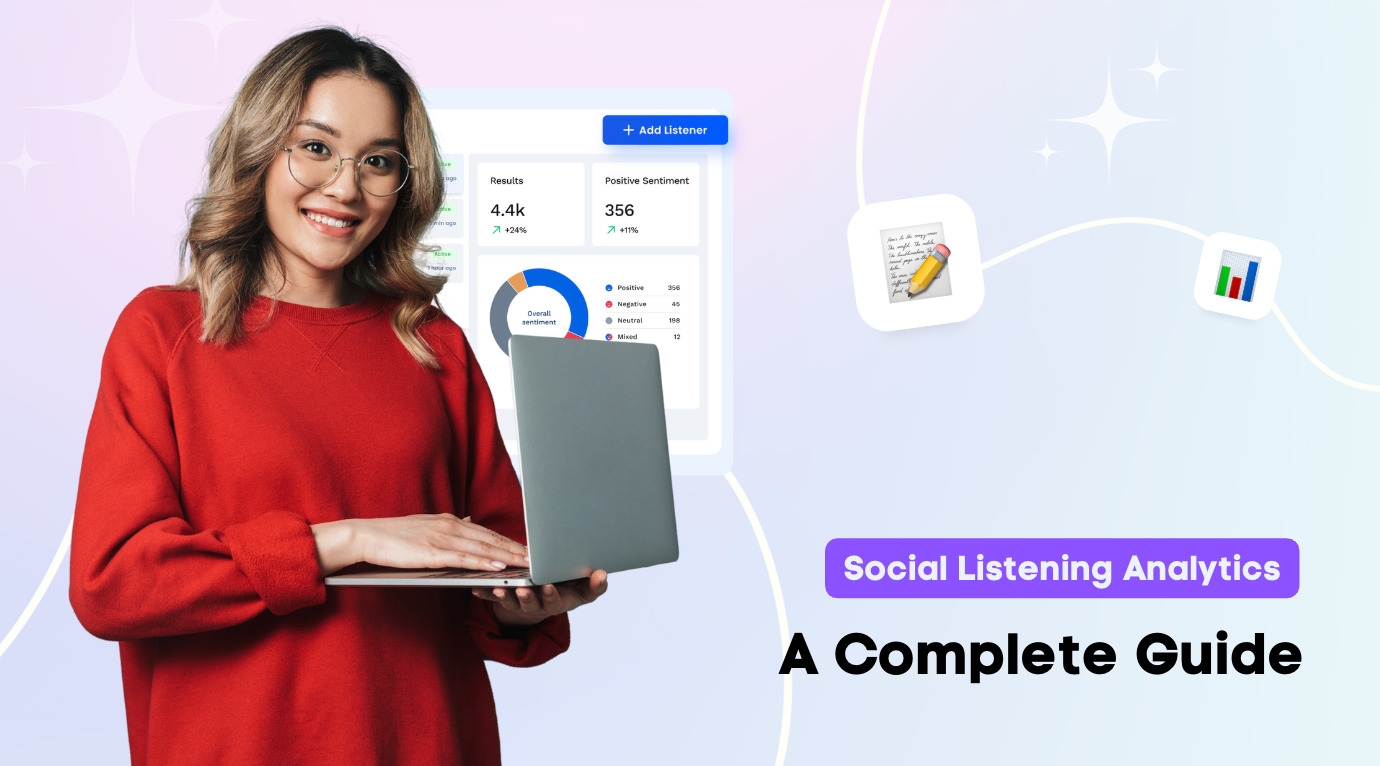

Table of Content
Share

Are you drowning in data but still missing the bigger picture?
Social listening analytics can help you turn things around and maximize your clients’ listening data.
Picture this: You track mentions, comments, and hashtags, but if you can’t turn that data into something meaningful or useful, it’s all just noise.
That is why you need social listening analytics.
Listening analytics extract deeper insights that you can use to spot trends early, understand your audience’s real opinions, and fine-tune your strategy to help clients outshine competitors.
In this complete guide, we’ll explore how social listening analytics work, why they matter, and how you can use them to turn raw data into actionable insights.
Ready? Let’s go.
Table of contents
What you will learn
- What is social listening analytics?
- Why is social listening analytics important?
- How to implement social listening analytics
- Tips to develop a social listening analytics plan
- How to use social listening analytics to power your content strategy
- FAQs on social listening analytics
- Leverage social listening analytics to turn conversation into strategy
What is social listening analytics?
Social listening analytics is collecting, analyzing, and interpreting online conversations to understand what people say about a brand, product, competitor, or industry.
It’s more than just tracking likes, comments, or mentions.
Social listening analytics digs deeper to uncover the context and sentiment behind those interactions and tells you:
- What people say (keywords, hashtags, phrases)
- Where they say it (Twitter, Reddit, Instagram, TikTok, forums, blogs, etc.)
- How they feel about it (positive, negative, neutral, or mixed sentiment)
- Why it matters (Customer feedback, emerging trends, and brand perception)
Bottom line?
Social listening analytics helps you listen with intent and implement your content and marketing strategies effectively and efficiently.
Why is social listening analytics important?
The benefits of social listening include the following.
It gives you real time insights
Social media trends change fast, and so do conversations.
Social listening analytics helps you quickly spot what’s buzzing (or burning) as it happens.
It lets you jump in early, adjust your clients’ messaging, and avoid a PR crisis before it spirals.
You get the complete picture
With social listening analytics, you’re not just tracking mentions but analyzing tone, context, and patterns across social media conversations and platforms.
It helps you understand how people feel about your clients’ brands, not just what they type.
It informs smarter decisions
Social listening is crucial whether you’re helping clients refine content, improve customer service, develop new products, or boost ROI.
Must read: Social Listening ROI: How to Use Social Listening to Boost Revenue
It gives you data-backed direction straight from the people who matter most: Your clients’ target audiences.
It helps you learn from competitors
What do people say about your clients’ competitors?
What are they doing right or wrong?
Social listening analytics dives deep to reveal competitor strengths, weaknesses, and opportunities you and your clients can leverage to gain a competitive advantage.
It boosts brand reputation
Listening and responding to customer needs and feedback shows your audience that your clients’ brands listen and care about them.
It helps build trust, loyalty, and long-term love for your clients’ brand.
Enhances customer experience
Analyzing unfiltered social media conversations helps uncover pain points your clients’ audiences may not directly say.
It allows you to proactively solve problems, personalize interactions, and deliver an experience that keeps customers and followers coming back (and talking about it positively).
Identifies influencer and partnership opportunities
Social listening reveals who’s talking about your clients’ brands and who’s influencing the conversation in their niches.
Listening analytics helps you spot these voices early, leading to powerful collaborations with creators your clients’ audiences already trust.
Supports crisis management
If negative sentiment starts to spike, analyzing social listening immediately alerts you.
Instead of finding out when it’s trending for the wrong reasons, you can take fast, thoughtful action to manage the situation and protect your clients’ brand image.
Improves campaign performance
Wondering why a campaign is flopping or flying?
Social listening analytics uncover the why behind the results so you can pivot in real time, amplify what’s working, and fix what’s not.
Drives innovation
Customers constantly share what they love, hate, or wish existed from your clients’ products and services.
Those insights can become product ideas and service improvements with the right social listening analytics tools.
You can also leverage the insights to uncover fresh content angles your clients’ competitors haven’t touched yet.
How to implement social listening analytics
How you deploy your social listening analytics efforts depends on your goals, tools, strategies, etc.
While there is no one-size-fits-all approach, there are essential steps and methods to help you start, such as the following.
Step 1: Identify your social listening goals
Before diving into any social listening platform or data, you must be clear on what you’re trying to learn.
Are you looking to:
- Track your client’s brand sentiment?
- Monitor a product launch?
- Keep tabs on your client’s competitors?
- Discover content trends or customer pain points?
Setting clear goals gives your listening efforts direction and helps you measure impact effectively later.
Step 2: Choose the right social listening and analytics tool
Opt for social monitoring, listening, and analytics tools that best fit your needs and streamline your workflows, especially when juggling multiple tasks, channels, and clients.
Must read: Social Media Sentiment Analysis: A Comprehensive Guide
Ideally, look for a tool that offers the following:
- Real-time monitoring across multiple social media platforms
- Sentiment analysis
- Custom keyword tracking
- Easy-to-digest reports
Vista Social’s social media listening tool and analytics features check all those boxes, making the platform a practical option if you need power and simplicity.
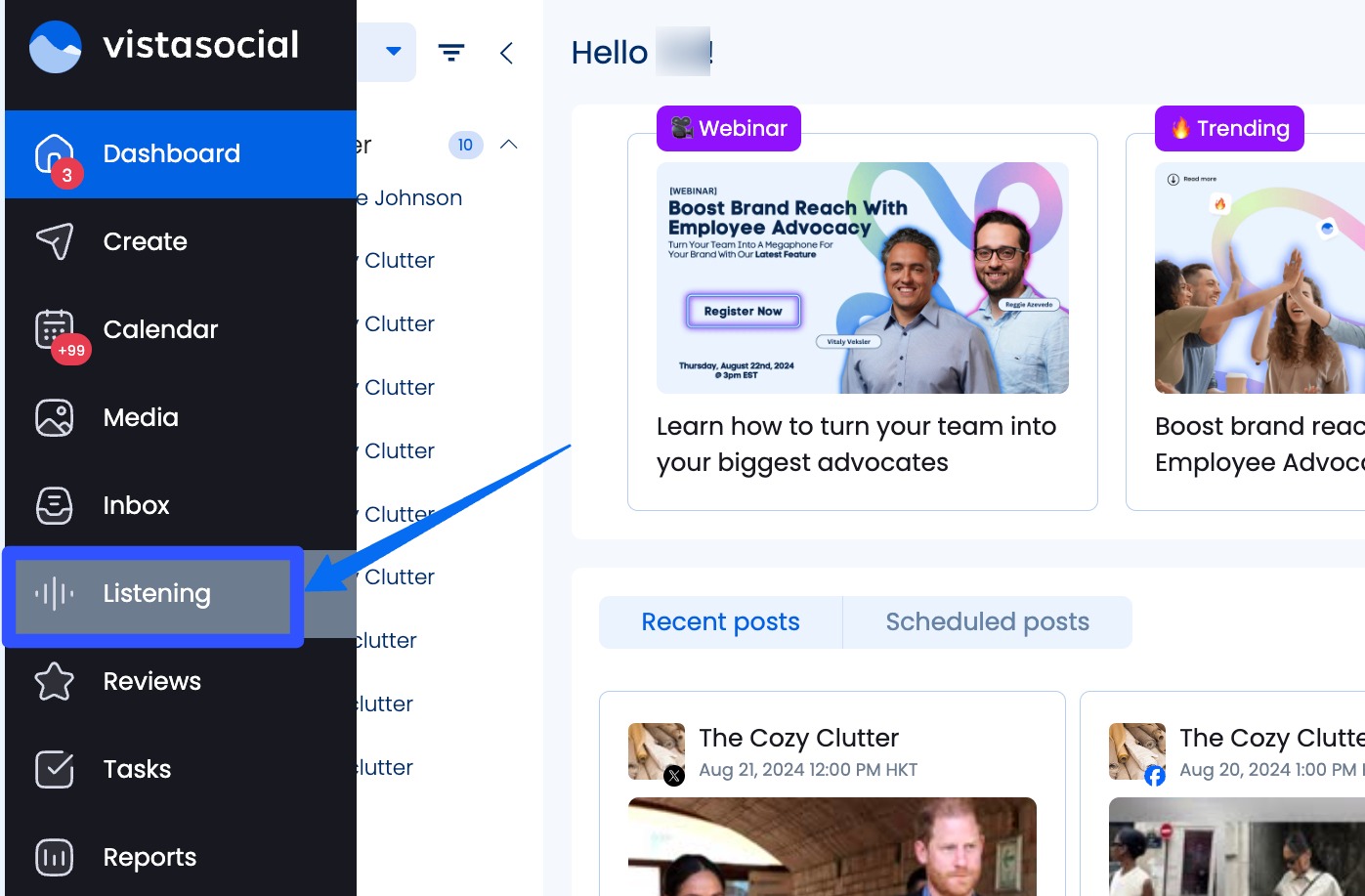
It supports granular tracking and reporting without requiring a steep learning curve.
Step 3: Set up your listening queries
Once you’ve got your tool, it’s time to start listening intentionally.
Below are essential things you can track:
- Branded keywords: Your clients’ company names, handles, and product names
- Competitor mentions to help you spot opportunities and benchmark
- Industry terms to stay ahead of emerging trends
- Hashtags and campaigns for performance, reach, and brand monitoring
- Customer feedback keywords such as “support,” “bug,” “love,” or “hate”
You can easily set up these keyword streams in Vista Social by creating a Listener.
On the Listener page, click + Add listener.
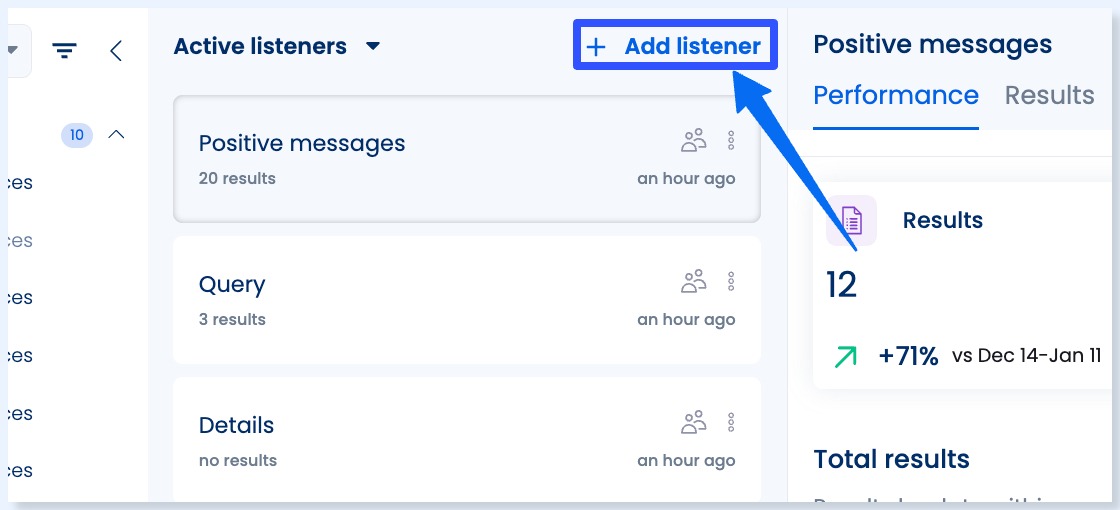
Next, select your Listener type:
- Internal Listener that will listen to conversations within your clients’ connected social profiles
- External Listener that will listen to conversations across other social networks, the web, or news
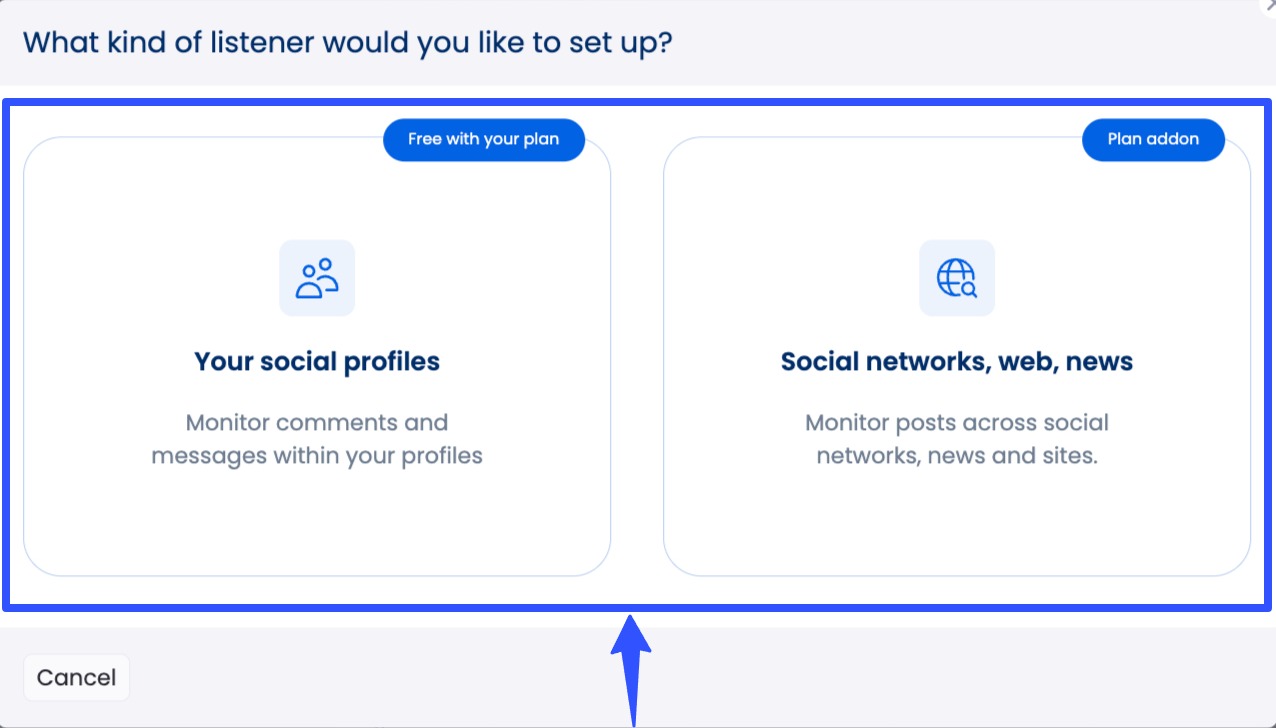
Name and describe your Listener to customize it.

Select your source (one or multiple social networks).

Type in the keywords you want to track to create your social listening query.
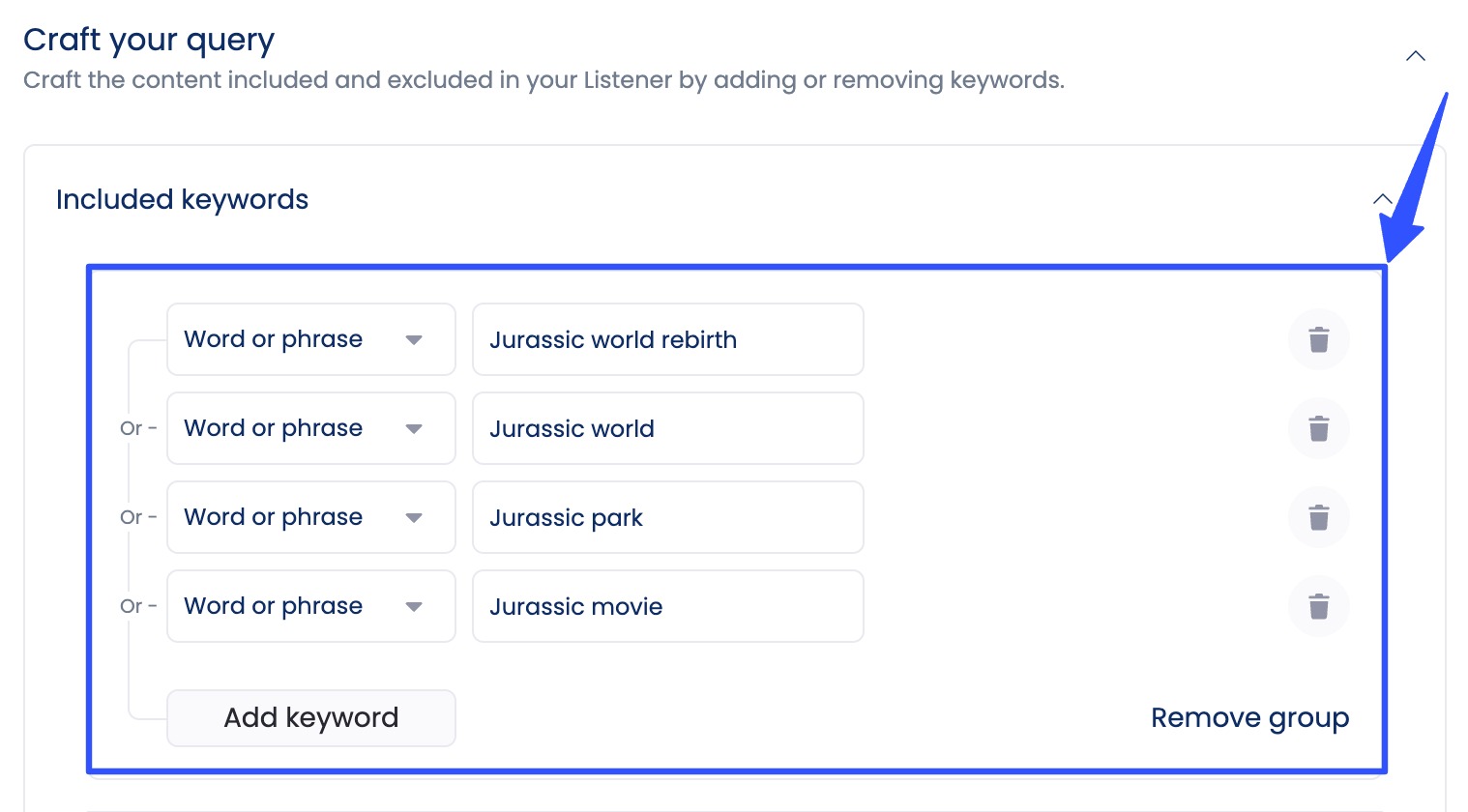
You can also create keyword groups and specify keywords you want your Listener to exclude.
You can filter the conversations your Listener pulls based on sentiment (negative, positive, mixed, or neutral).

You can also apply additional filters (location, language, etc.)

Step 4: Analyze the data
Once you have your data, it’s time to analyze it.
When interpreting your clients’ social listening data, you can focus on the following:
- Trends over time: Are mentions increasing? Is sentiment shifting?
- Top platforms: Where is the conversation happening?
- Audience sentiment: Are people loving or leaving your clients’ brands?
- Influencers and top mentions: Who’s driving the conversation?
Must read: 13 Influencer Analytics to Boost Your ROI (Free & Paid)
Vista Social’s Listener Performance Reports break this down into clear, actionable insights.
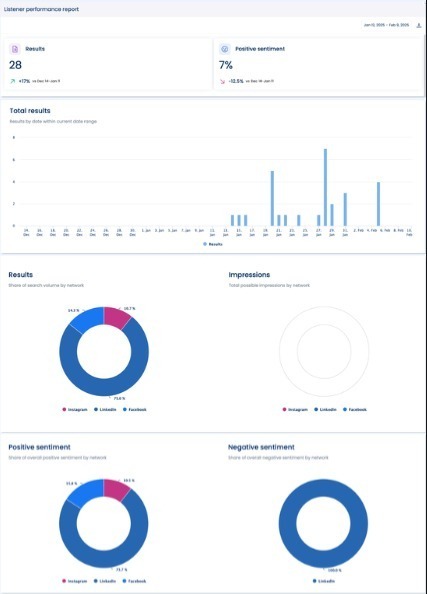
The data and insights in your Listener Performance report are great for uncovering audience sentiment, identifying content opportunities, and shaping campaigns that truly resonate.
What’s more, you can generate sentiment analysis and competitor analysis reports to better understand your clients’ competitor performance and audience sentiment.
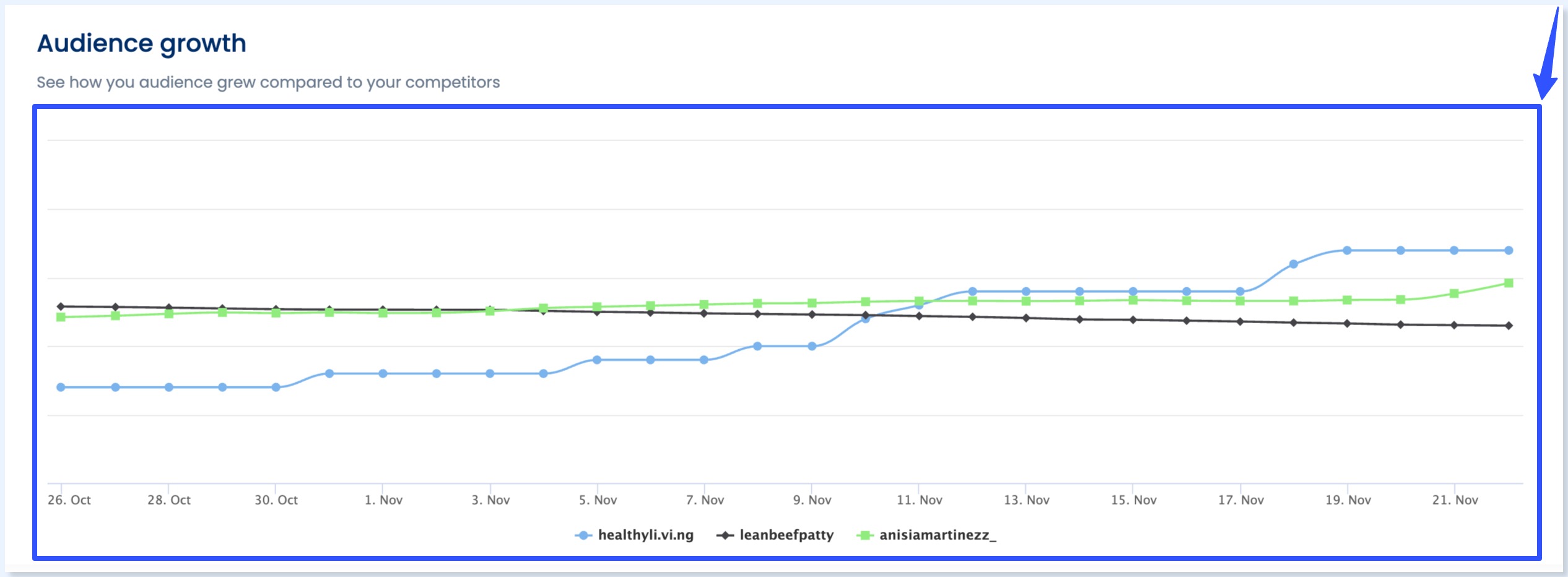
You can schedule all your Vista Social reports to auto-generate and share with your team and clients via interactive links or exported CSV or PDF files.

Use the Report Builder to create custom templates for more personalized reports.
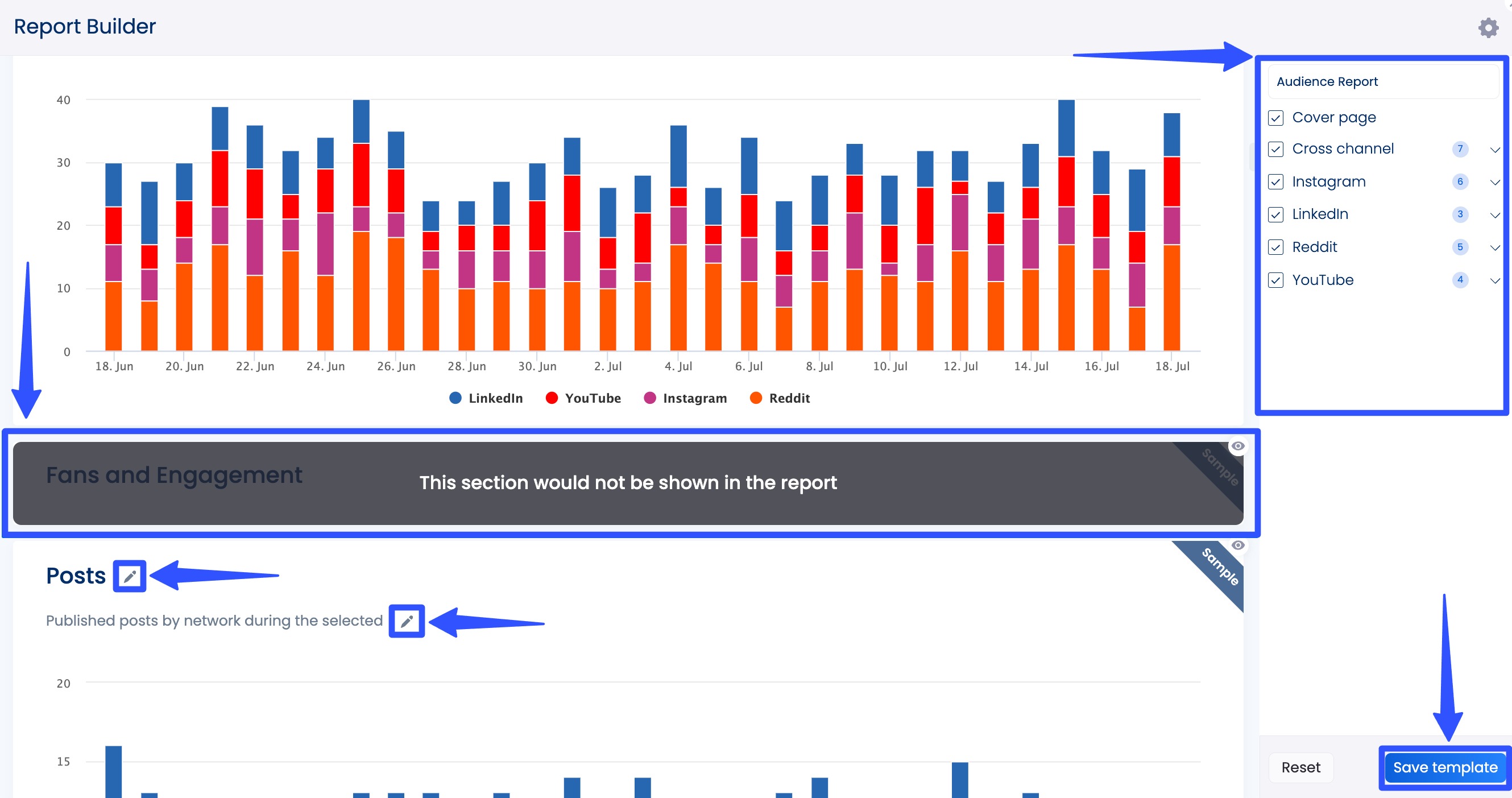
Don’t skip out on Vista Social’s other game-changing social media management features, such as the following.
- Post scheduling and queueing, including bulk publishing
- Optimal send/posting time suggestions
- AI Assistant
- Smart Social Inbox
- Post approval workflows
- Employee advocacy
- Review management
- Social media analytics
- Link in bio tool
- Hashtag tools
- Collaborative content calendar
- Task management tools
- Seamless integrations with platforms and business tools
- DM Automation (Coming soon)
Must read: How to Set Up Your DM Automation Workflow
Step 5: Take action and adjust your strategy
Now that you know what your clients’ audiences say about them, you can use the insights to:
- Help improve customer support
- Create social media and marketing content that resonates
- Refine your clients’ brand messaging
- Respond quickly to emerging issues
- Engage with fans, followers, and critics
Social listening is most powerful when it leads to real change.
Review and refine your listening streams regularly to stay in tune with what matters most.
Tips to develop a social listening analytics plan
Build a solid social listening analytics plan using the best practices below.
Choose the right listening metrics
Tracking the right metrics is essential for translating online conversations about your clients into real-world value.
So, don’t just chase vanity numbers but focus on the data points that align with your clients’ social media marketing goals.
Below are key metrics to include in your plan:
- Mention volume. How often is your client’s brand, product, or keyword mentioned? Spikes or dips can signal something worth investigating: a viral win or a potential crisis
- Sentiment analysis. Are the mentions positive, negative, or neutral? Tracking sentiment over time helps you gauge public perception and spot shifts early
- Engagement metrics. Look at likes, shares, comments, and retweets associated with mentions of your clients. High engagement with negative mentions, for example, may indicate a larger issue
- Top keywords and hashtags. What terms are commonly used with your clients’ brand mentions? These can reveal themes, trending topics, or emerging pain points
- Share of Voice (SOV). How much of the conversation in your clients’ niches includes their brands compared to their competitors? Tracking this helps you benchmark your clients’ visibility and influence
- Source breakdown. Where are the mentions from? Are they from Instagram, TikTok, LinkedIn, Reddit, forums, or blogs? Understanding which platforms are most active helps you prioritize your social listening efforts
Must read: 15 LinkedIn Analytics Tools to Boost Your Marketing ROI
Build your keyword strategy
Remember that your social listening tool will only hear what you tell it to listen for, so make your keyword list as strategic and inclusive as possible.
Some keywords you can include are:
- Branded terms: Your client’s company name, social handles, product names, slogans, and known misspellings
- Campaign-specific hashtags: Any hashtags created for your client’s launch, promo, or branded event
- Competitor keywords: Phrases or words that let you track what’s being said about key competitors to spot their wins and missteps
- Industry keywords: Common phrases, emerging trends, or sector-specific language relevant to your clients’ audiences
- Emotional triggers and phrases: Think of what people may say when they’re happy or frustrated, such as “can’t live without,” “worst experience,” “won’t load,” etc.
Additional tip: Use Boolean operators in tools like Vista Social’s social listening feature to combine keywords and exclude irrelevant chatter. For example, “BrandName” AND “shipping” NOT “job opening.”
Segment by audience, platform, or topic
One big stream of data is helpful, but breaking it into smaller, relevant segments makes it even better since it becomes more actionable.
Consider segmenting your social listening data by:
- Platform. Are your clients’ customers more candid on Reddit? More enthusiastic on Instagram? Different social media and online platforms can tell different sides of the story
- Topic or theme: Group your clients’ social mentions by category, such as customer support, product feedback, or pricing complaints. Doing so helps pinpoint exactly where improvements are needed
- Customer demographics: If possible, segment your listening data by location, language, or user behavior to understand how various audience groups perceive your clients’ brands
- Sentiment Type: Group positive, neutral, mixed, and negative mentions to understand your audiences’ emotional trends
Must read: Top 10 Benefits of Social Media Sentiment Analysis
The segmentation lets your team prioritize what matters most and tailor your response or social media strategy by context.
Decide on your listening frequency
Listening isn’t a one-and-done job but an ongoing effort.
However, how often you listen depends on your clients’ goals, resources, and what you track.
Try Vista Social for Free
A social media management platform that actually helps you grow with easy-to-use content planning, scheduling, engagement and analytics tools.
Get Started NowBelow are some tips to help you set the right listening frequency that works for your team and clients.
- Set up live alerts and monitor hourly or daily for crisis management, event coverage, or product launches. Live alerts help you catch sudden sentiment shifts or unexpected spikes in mentions so you can respond before things escalate
- Conduct weekly check-ins to find forming patterns, spot emerging trends, recurring feedback, or content that’s gaining steady traction without overwhelming your team with data
- Perform monthly or quarterly reviews for high-level strategy planning. Zooming out to a 30- to 90-day view helps you see the bigger picture, such as overall sentiment trends, competitor movements, seasonal shifts, and the impact of broader marketing initiatives
Must read: Social Media Sentiment Analysis vs Social Media Tracking
Create a response and action framework
Listening without action is like eavesdropping without follow-up. It may be interesting, but it’s not useful.
So, build a plan for what to do with what you hear.
Your framework can include the following:
- Escalation rules, such as what happens if there’s a spike in negative mentions? Who gets notified, and how fast?
- Team roles, including who monitors the streams, responds publicly, and reports insights internally
- Content and campaign adjustments, including feeding insights back to your client’s content, product, or ad teams. For example, if users love a particular feature, turn that into a campaign highlight
- Reporting rhythm of recurring reports (weekly, monthly) that summarize key takeaways and actions taken. Ensure you loop in your team, clients, and other stakeholders
Common mistakes to avoid with social listening analytics
Below are some common slip-ups you can make when diving into social listening analytics and how to avoid them.
Ignoring sentiment context
Sentiment analysis tools are helpful, but they’re not perfect, especially when it comes to sarcasm, slang, or nuanced conversations.
A post such as “Another amazing update from [brand] 🙃” could easily be misclassified as positive when it’s actually a dig.
What you can do:
- Manually review high-impact posts or spikes in sentiment. This way, you ensure you’re interpreting the data accurately and not making decisions based on false positives or misclassified emotions
- Train your team on what “false positives” may look like. Give your team examples of real-world sarcasm, cultural nuances, or tone mismatches so they can spot misleading sentiment scores and flag them appropriately
- Use visualizations to pair sentiment with volume so trends stand out. Doing so helps you catch rising issues early and communicate trends more effectively across your team and clients
Remember: Automation can flag the mood, but only human eyes can catch the tone.
Failing to share insights across teams
If your insights remain in a spreadsheet or dashboard that only you or a few team members see, they are not helping your client’s company grow.
Social listening data can benefit product teams (feature requests), customer support (common complaints), sales (objection handling), and leadership (brand sentiment trends).
Below are some quick tips to ensure your listening data isn’t siloed to one team or department.
- Create quick, visual summaries of major findings to make everything easy to digest across teams and departments
- Build a “Voice of the Customer” Slack channel that other departments and teams can access
- Share bite-sized insights in team meetings or newsletters
The goal is to make it easy for other teams to act on your social listening insights.
Getting lost in vanity metrics
Seeing your client’s brand name pop up hundreds of times feels great, but raw mention volume doesn’t tell the whole story.
After all, your clients could get tons of mentions from bots, irrelevant accounts, or people who aren’t even in your target market.
Even viral posts may not be valuable if they’re off-brand, off-topic, or rooted in negative sentiment.
For example, a TikTok trend may mention your client’s product as part of a meme, but it’s just noise if it doesn’t lead to engagement, site traffic, or brand loyalty.
Must read: 15 TikTok Analytics Tools Worth Trying this 2025
The trick is to look deeper.
Who’s talking about your clients?
What’s the tone?
Are these mentions sparking conversation or conversions?
Prioritize quality over quantity, and track how mentions align with your clients’ goals, such as clicks, saves, or sentiment shifts.
Using too many keywords without filtering
It’s tempting to throw every keyword into your tracker to ensure you “don’t miss anything.”
However, your dashboard can become a mess without proper filtering, overrun with irrelevant chatter, duplicates, and off-topic mentions.
For instance, tracking a common product name such as “Glow” without qualifiers may pull in unrelated content from beauty, tech, or wellness brands.
The solution?
Use Boolean search logic to combine terms (such as “Glow” AND “skincare”), exclude noise (NOT “fitness tracker”), and group keywords by campaign or product.
It can cut the clutter and give you cleaner, more focused listening insights.
Not segmenting your audience
When all mentions are lumped together, you miss the unique perspectives of different audience groups.
Feedback from Gen Z on TikTok will not mirror what small business owners on LinkedIn say about your clients’ brands.
Each group has its tone, values, and expectations.
What’s seen as “fun and edgy” on X (Twitter) may come off as unprofessional on Facebook. Context is everything.
Must read: Facebook DM Automation Guide: Steps, Tools, & Tips
Break your listening by platform, region, age group, language, or sentiment.
Use these segments to tailor your clients’ content, track campaign resonance by audience, and avoid misreading the room.
Skipping visual content monitoring
Not everything your client’s audiences share is in text form.
Must read: Social Media Monitoring vs. Social Media Listening
Visuals such as Instagram photos, memes, or TikTok reactions often carry powerful sentiments and brand cues that never get picked up if you only scan for keywords.
For example, someone may post an Instagram Story with your client’s product front and center but never tag their brand.
You’d miss it entirely unless you’re monitoring visual mentions.
Use social media listening platforms that support image recognition (some even detect logos or product packaging).
Must read: Top 10 Social Media Listening Platforms in 2025
Supplement with manual checks of key platforms such as Instagram and YouTube, where visual-first content dominates.
Not tagging or categorizing mentions
It’s hard to spot trends or build strategy-worthy reports without categorizing mentions (such as complaints or feature requests).
For instance, you could have dozens of positive mentions about a new feature launch, but if they’re not tagged as such, they’ll disappear into the noise.
Most social listening tools let you apply custom tags or auto-categorize based on keywords.
Use this to group mentions by theme or department so your customer service, product, and marketing teams can each find what matters to them.
Failing to benchmark progress over time
Tracking spikes or dips in your clients’ mentions and brand sentiment is helpful.
However, without historical context, it can be impossible to determine whether something is truly good (or concerning).
Are your clients’ mentions up 20%? Cool… but is that normal for this time of year?
Better than your clients’ average? Worse than the last campaign?
For instance, a campaign may look “flat” unless you compare it to your client’s usual volume, then realize it outperformed their norm.
The key is to track smarter by setting monthly, quarterly, and yearly data benchmarks.
It helps you monitor trends, spot seasonal cycles, and show growth over time, which are crucial for reporting wins to your clients.
Relying solely on one platform
It’s easy to default to the platform you know best.
However, your clients’ audiences are likely active on many other social media channels.
Reddit, YouTube, Instagram, TikTok, LinkedIn, and more host conversations in various formats and tones.
Must read: TikTok Social Listening: Complete Guide [2025]
For example, product complaints often surface on Reddit or niche Facebook groups, not your client’s X timeline.
Ensure your social listening tool monitors a range of platforms.
Match your tracking to where your clients’ audiences hang out, not just where it’s easiest to listen.
Don’t forget forums, app store reviews, or even Discord communities relevant to your clients’ brands.
How to use social listening analytics to power your content strategy
Social listening analytics give you a real-time peek into what your clients’ audiences care about, so you’re not just guessing what to post next.
Leverage listening analytics to turn those insights into content that connects by following the tips below.
Identify the topics your audience already talks about
Why guess when your clients’ audiences tell you what matters?
Use social listening to spot:
- Recurring questions or themes
- Industry terms or trending hashtags
- Frustrations or gaps your brand can speak to
For instance, are you seeing a spike in conversations around Instagram algorithm changes?
Must read: Instagram Social Listening: What You Need to Know
That can be your cue to create a post that simplifies the topic for your clients’ followers.
You can create a “What You Need to Know” carousel post or Reel that summarizes the topic into key points.
Uncover common pain points and solve them in your content
Social listening helps you tap into real frustrations, such as product complaints, service issues, or even confusion about your clients’ industries.
Instead of ignoring the tough stuff, turn those listening analytics insights into value by:
- Creating how-to social media posts to fix common problems
- Sharing behind-the-scenes content showing how your clients are improving
- Making educational Reels, carousels, or blog content based on customer FAQs
Track competitor content that is gaining traction
Competitive analysis via social listening can reveal what’s resonating and where the gaps are.
Use your social listening insights to look for:
- Content that’s getting a ton of engagement
- Missed opportunities where your clients’ brands can offer a fresh perspective
- Reactions to influencer or competitor campaigns
Then, use that analytics data to create content that fills the gaps or improves on what’s already available to your target audiences.
Monitor sentiment to match the right tone and timing
Are people in your clients’ niches fired up? Frustrated? Celebrating something big?
Sentiment data helps you fine-tune your messaging to feel right in the moment.
For example:
- A sarcastic tone may land during a meme trend, but fall flat during a PR crisis
- If people praise a product feature, now’s the perfect time to create a spotlight Facebook post or Instagram testimonial Reel
Use listening insights to fuel your content calendar
Once you’ve spotted themes, questions, and trends, map them into your actual content calendar and follow these tips.
- Turn the top themes into weekly content pillars
- Use popular questions to fuel Q&A stories, TikToks, or live sessions
- Plug seasonal trends or recurring conversation spikes into your monthly planning
Repurpose UGC and brand mentions creatively
Social listening can also be your UGC goldmine.
When people talk positively about your clients’ brands, highlight them.
Check out the social media content ideas below.
- Turn glowing tweets into testimonials
- Screenshot funny or heartfelt mentions for Instagram Stories
- Build a “What people are saying” Facebook carousel post from high-performing user posts
FAQs on social listening analytics
How does sentiment analysis work in social listening?
Sentiment analysis evaluates the emotional tone behind online mentions, categorizing them as positive, negative, mixed, or neutral.
Must read: Social Media Sentiment Analysis Examples for Agencies
It helps you understand public perception and track changes over time.
Sentiment analysis helps inform your strategies to enhance brand image and customer satisfaction.
Is social listening analytics suitable for small businesses?
Absolutely.
Social listening provides valuable insights regardless of business size.
For small businesses, it offers an affordable way to understand customer needs, monitor brand reputation, and stay competitive by keeping an ear to industry trends and audience feedback.
Do you need a dedicated team member to manage social listening analytics?
Not necessarily, but it helps.
Many small teams assign social listening to social media and community managers as part of the workflow.
Larger brands may have dedicated analysts or even full Customer Experience (CX) teams using the data.
The key is ensuring that someone owns it and the insights are shared and used.
Leverage social listening analytics to turn conversation into strategy
Social listening analytics gives you real-time data and valuable insights to make smarter and more strategic decisions.
Whether refining content, handling brand crises, or spotting your next big opportunity, listening is the edge that sets your clients’ brands apart.
Ready to transform raw conversations into clear, actionable insights?
Harness the power of Vista Social’s robust social listening tool. Start your Vista Social account to listen smarter and supercharge your social media management workflows.
About the Author
Content Writer
Jimmy Rodela is a social media and content marketing consultant with over 9 years of experience, with work appearing on sites such as Business.com, Yahoo, SEMRush, and SearchEnginePeople. He specializes in social media, content marketing, SaaS, small business strategy, marketing automation, and content development.
Never Miss a Trend
Our newsletter is packed with the hottest posts and latest news in social media.
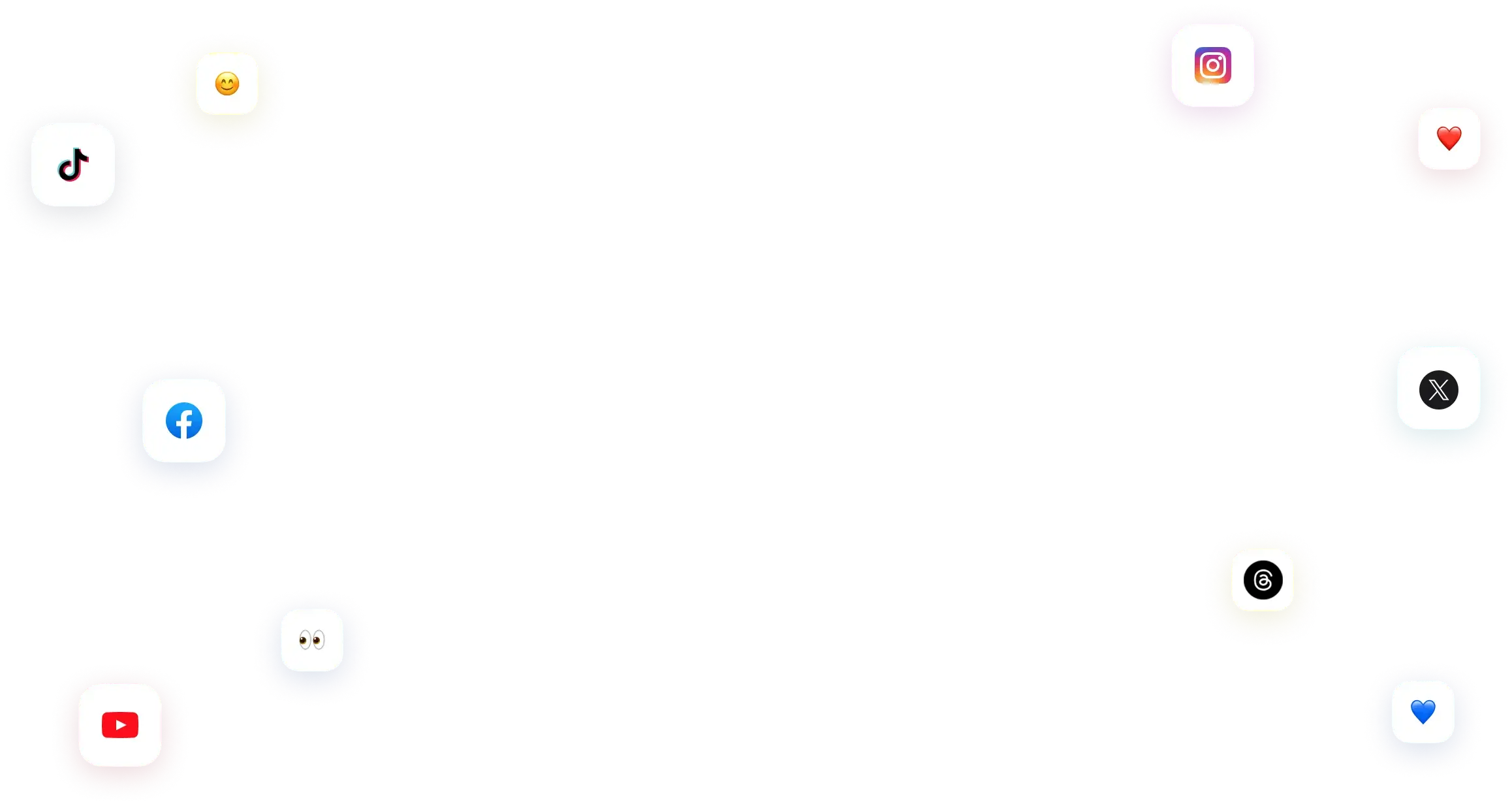
You have many things to do.
Let us help you with social media.
Use our free plan to build momentum for your social media presence.
Or skip ahead and try our paid plan to scale your social media efforts.
P.S. It will be a piece of cake 🍰 with Vista Social
Subscribe to our Newsletter!
To stay updated on the latest and greatest Social Media news. We promise not to spam you!
